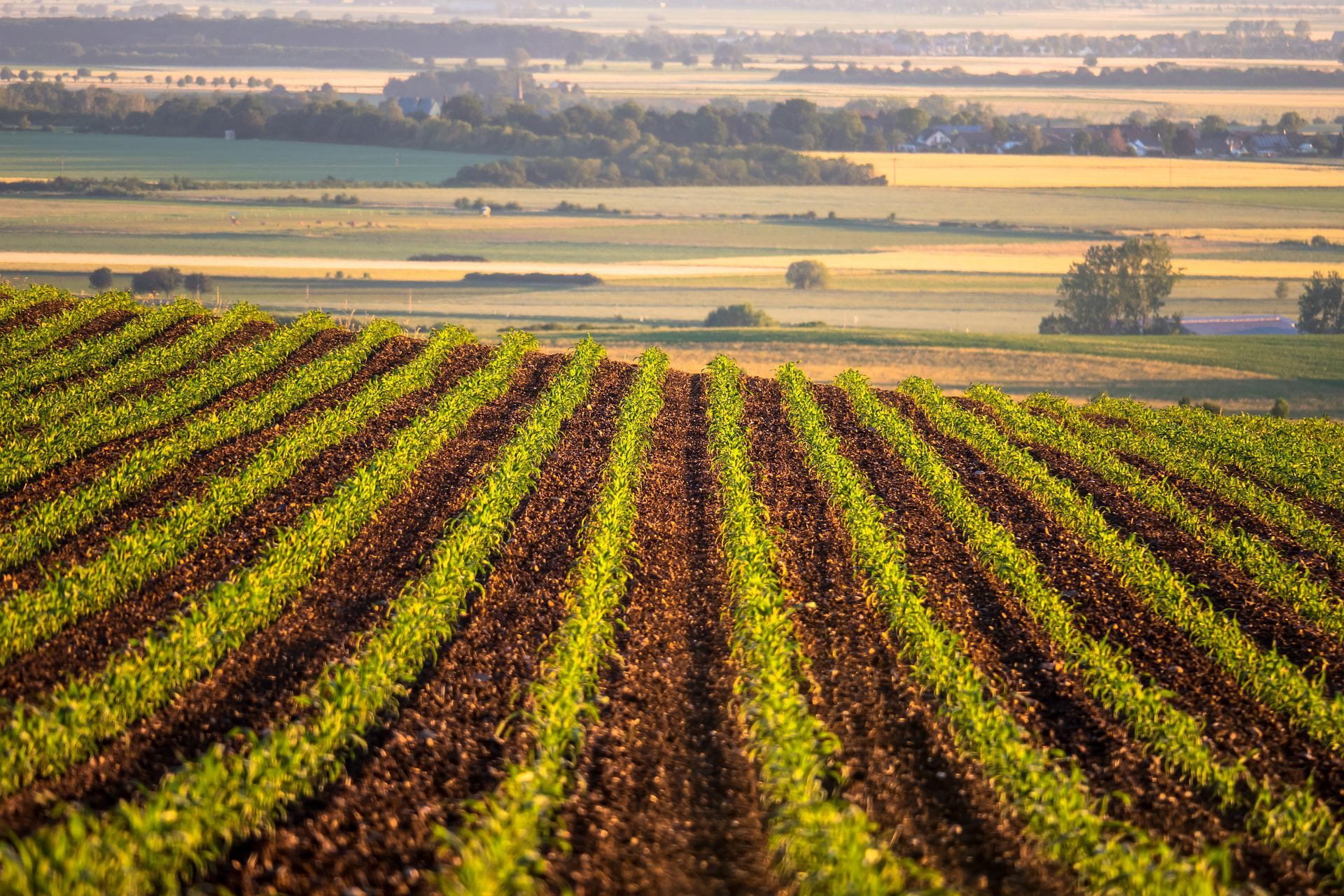Interested in becoming a part of the LandscapeU program at Penn State? Curious about what types of research you will do as a part of this graduate program? Check out these ideas and researchers involved in this effort.
Example Research Project #1: How do integrated critical zone processes operating on geological timescales influence FEW systems in the Chesapeake Bay Region? Penn State hosts the Susquehanna-Shale Hills Critical Zone (CZ) Observatory, one of nine funded by NSF to study the thin near-surface zone spanning from bedrock to the atmospheric boundary layer. Since the mid-2000s, scientists have been viewing this zone through an interdisciplinary lens that brings together biology, soil science, geology, hydrology, and meteorology to make co-located measurements of chemical and biological transport that describe past landscape evolution and improve projections of future conditions. Current and future research efforts in conjunction with the CZ include: How does agricultural land use or energy extraction influence nutrient or water redistribution within the CZ? Given an understanding of critical biogeochemical processes in the CZ, what are the optimal land design strategies for enhancing biogeochemical resilience, optimizing energy or food crop yields, or minimizing environmental harm? How does watershed urbanization, through its spatial footprint, or influence on tele-connected, food-energy-water systems, govern critical zone processes, now or into the future?
- Faculty with additional information: Jason Kaye, Erica Smithwick
Example Research Project #2: How has human behavior driven Chesapeake Bay function over anthropologic timescales? The complex problems within coastal ecosystems under increasingly rapid and unpredictable change require new understanding of the deep history of human-environment interactions of FEW systems and their consequence for contemporary landscape stewardship. The Chesapeake Bay offers a unique context to explore the historical ecological base-lines necessary for addressing sustainability issues at the Food-Energy-Water-Landscape nexus. Current and future research efforts in conjunction with this theme include: Was sustainability a function of optimal foraging rules by humans across space and time, or were there other complex trophic interactions that mediated these impacts? How do community, population ecology, and wildlife resource management interact and relate to Earth System Modeling, risk management, and decision analysis for current and future management strategies?
- Faculty with additional information: Doug Bird, Alan Graefe, Caitlin Grady, Klaus Keller
Example Research Project #3: How will post-industrial, energy-system transitions influence the Chesapeake Bay Food-Energy-Water-Landscape? Pennsylvania has a long history of fossil fuels extraction and use, and resultant land use change: the mining communities of the anthracite rich coal region in northeast PA, the bituminous coal of the southwest, the oil boom of the 1860s in the northwest, and recent developments of hydraulic fracturing and natural gas across the state. Nuclear power is common to PA as well, and the Commonwealth ranks second in nuclear capacity for the nation. The current energy system is in a rapid transition with fast penetration of renewable energy sources. Solar energy, the broad platform of options for goods and services derived from sunlight, more than just photovoltaics, has contributed to careers, safe homes, land use for farming and forestry, and community economic growth and stability in PA for the entire history of the Commonwealth, and will continue to grow as a rich resource for our future out to 2050. This transition has considerable implications for the FEWL nexus. Understanding the trade-offs among objectives for FEWL systems in the face of rapid energy transition poses a complex system analysis problem under deep uncertainty.
- Faculty with additional information: Erica Smithwick



